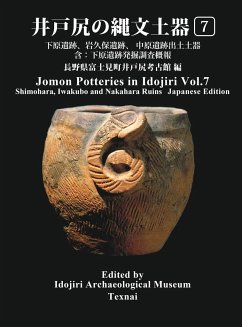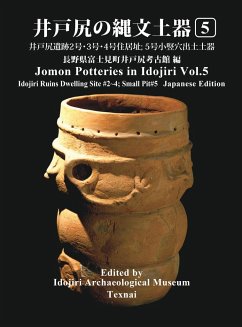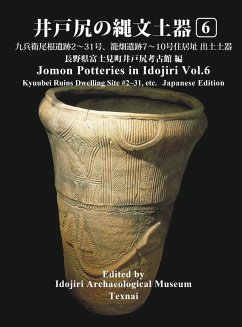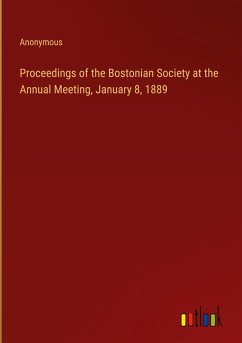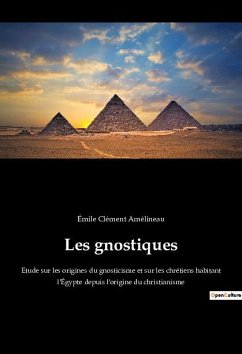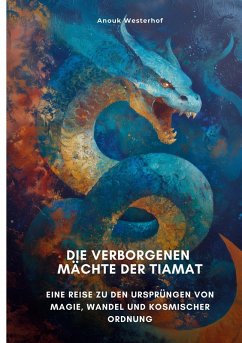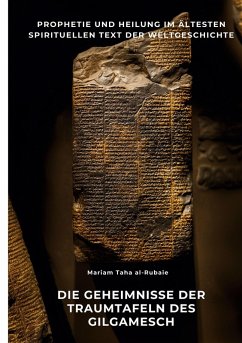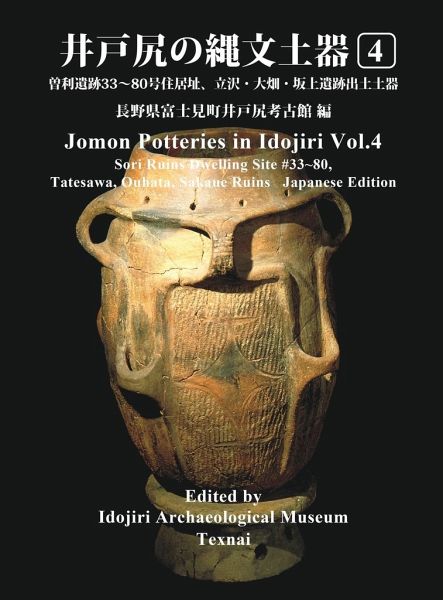
Jomon Potteries in Idojiri Vol.4
Sori Ruins Dwelling Site #33~80, Tatsuzawa, Oubatake, Sakaue Ruins (Japanese Edition)
Versandkostenfrei!
Versandfertig in 1-2 Wochen
27,99 €
inkl. MwSt.

PAYBACK Punkte
14 °P sammeln!
About Idojiri Archaeological Museum. In the southwest foot of Yatsugatake mountains, many Jomon ruins have been excavated and those tell us the culture and life of those days(about 8,000-2,300 years ago). In the museum are chronologically exhibited more than 2,000 potteries and stone tools that are excavated in Fujimi town area and through which we can learn about the transition and use. In conjunction with them, many other materials such as dwelling houses, foods and personal ornaments are also exhibited, and these are placed to be understood at first glance. In addition, the view on religion...
About Idojiri Archaeological Museum. In the southwest foot of Yatsugatake mountains, many Jomon ruins have been excavated and those tell us the culture and life of those days(about 8,000-2,300 years ago). In the museum are chronologically exhibited more than 2,000 potteries and stone tools that are excavated in Fujimi town area and through which we can learn about the transition and use. In conjunction with them, many other materials such as dwelling houses, foods and personal ornaments are also exhibited, and these are placed to be understood at first glance. In addition, the view on religion or the world view and mythology of that period have been revealed by the studies of those potteries and clay figures, but these theories are also unveiled enthusiastically with those exhibits. Outside of the exhibition hall can be seen some more materials such as a couple of stone monuments, farm fields and a rock garden that contains stone tool materials in the 5,300 square meters site, and these contribute the studies of foods life and farm tools of those period. Also, at the archaeological site of Idojiri, we are able to soak in the Jomon world for while beside a restored dwelling, listening to the sounds of spring water that will never dry up. Next to the Archaeological Museum is situated the Museum of History and Folklore that is collecting folklore materials of this region.



